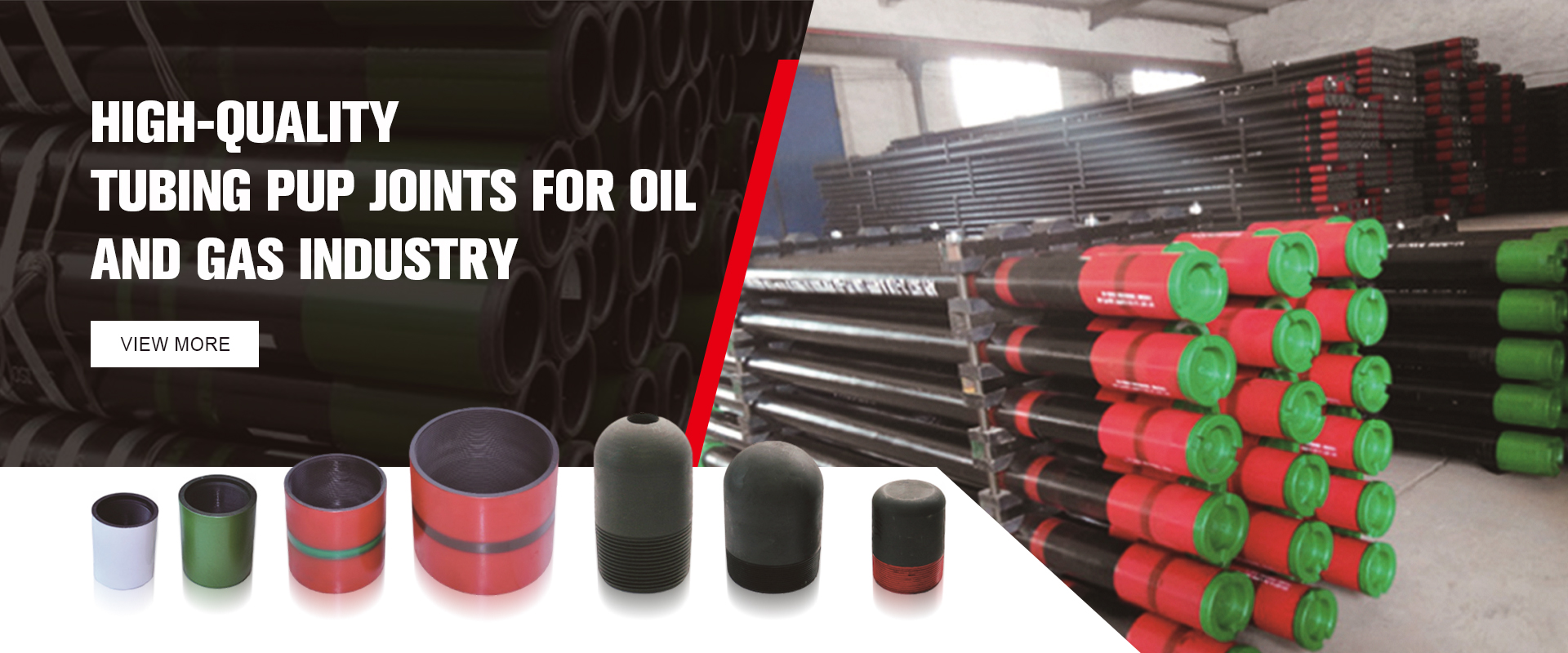- Afrikaans
- Albanian
- Amharic
- Arabic
- Armenian
- Azerbaijani
- Basque
- Belarusian
- Bengali
- Bosnian
- Bulgarian
- Catalan
- Cebuano
- Corsican
- Croatian
- Czech
- Danish
- Dutch
- English
- Esperanto
- Estonian
- Finnish
- French
- Frisian
- Galician
- Georgian
- German
- Greek
- Gujarati
- Haitian Creole
- hausa
- hawaiian
- Hebrew
- Hindi
- Miao
- Hungarian
- Icelandic
- igbo
- Indonesian
- irish
- Italian
- Japanese
- Javanese
- Kannada
- kazakh
- Khmer
- Rwandese
- Korean
- Kurdish
- Kyrgyz
- Lao
- Latin
- Latvian
- Lithuanian
- Luxembourgish
- Macedonian
- Malgashi
- Malay
- Malayalam
- Maltese
- Maori
- Marathi
- Mongolian
- Myanmar
- Nepali
- Norwegian
- Norwegian
- Occitan
- Pashto
- Persian
- Polish
- Portuguese
- Punjabi
- Romanian
- Russian
- Samoan
- Scottish Gaelic
- Serbian
- Sesotho
- Shona
- Sindhi
- Sinhala
- Slovak
- Slovenian
- Somali
- Spanish
- Sundanese
- Swahili
- Swedish
- Tagalog
- Tajik
- Tamil
- Tatar
- Telugu
- Thai
- Turkish
- Turkmen
- Ukrainian
- Urdu
- Uighur
- Uzbek
- Vietnamese
- Welsh
- Bantu
- Yiddish
- Yoruba
- Zulu
Understanding the Function and Importance of a Pup Joint in Pipe Systems
What is a Pup Joint?
In the world of oil and gas drilling, numerous specialized terms are used that can often be confusing to those not directly involved in the industry. One such term is pup joint. Understanding what a pup joint is, along with its functions and significance in drilling operations, can provide insight into the complexities of the oil and gas sector.
What is a Pup Joint?
The primary purpose of a pup joint is to adjust the overall length of the drill string. During drilling, the depth of the well can vary greatly, necessitating precise adjustments to the string's length. Pup joints act as extensions that can be employed to fill the gaps created when the regular drill pipe sections are not quite sufficient. This flexibility ensures that the drill can reach the desired depth without having to alter the entire drill string.
what is a pup joint

Moreover, pup joints are also utilized in well completion operations. Once the drilling phase is complete, pup joints can be used in conjunction with casing pipes to finalize the installation of the well. This is crucial for maintaining the integrity of the well and ensuring safe extraction of hydrocarbons. By effectively managing the length of the casing installed, pup joints contribute to preventing issues such as blowouts or collapses of the wellbore.
Another important function of pup joints is in the process of drilling fluid management. The flow of drilling mud—or drilling fluid—is vital to maintaining pressure in the well and removing cuttings from the drilling site. By incorporating pup joints, drillers can effectively manage and control the flow of this essential fluid, optimizing the overall efficiency of the drilling operation.
When it comes to construction, pup joints are designed to adhere to the same standards and specifications as regular drill pipe. They are subjected to rigorous testing and quality control to ensure they meet the necessary criteria for pressure and tensile strength. Their durability is crucial, especially when drilling through harsh geological formations or under high-pressure conditions.
In conclusion, pup joints may seem like a minor component of the overall drilling apparatus, but their role is undeniably significant. They provide essential flexibility in adjusting the length of a drill string, facilitate effective well completion, and aid in managing drilling fluids. As the oil and gas industry continues to evolve, understanding the importance of each component, including tools like pup joints, will remain vital for both industry professionals and those interested in the workings of one of the world's most critical sectors. Whether one is directly involved in drilling or simply observing from the sidelines, recognizing the function of pup joints can enhance one’s appreciation of the intricate processes that power oil and gas extraction.
-
Tubing Pup Joints: Essential Components for Oil and Gas OperationsNewsJul.10,2025
-
Pup Joints: Essential Components for Reliable Drilling OperationsNewsJul.10,2025
-
Pipe Couplings: Connecting Your World EfficientlyNewsJul.10,2025
-
Mastering Oilfield Operations with Quality Tubing and CasingNewsJul.10,2025
-
High-Quality Casing Couplings for Every NeedNewsJul.10,2025
-
Boost Your Drilling Efficiency with Premium Crossover Tools & Seating NipplesNewsJul.10,2025







